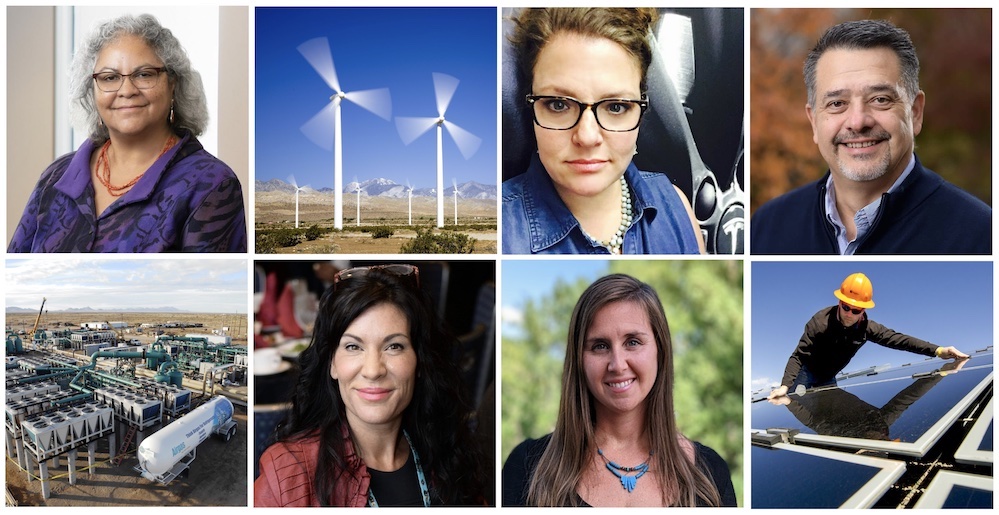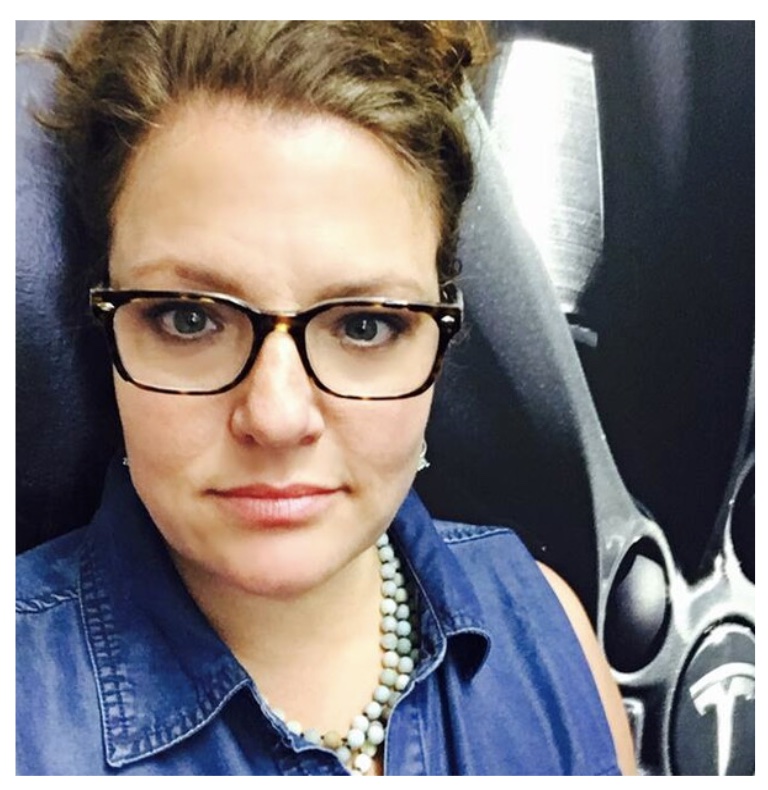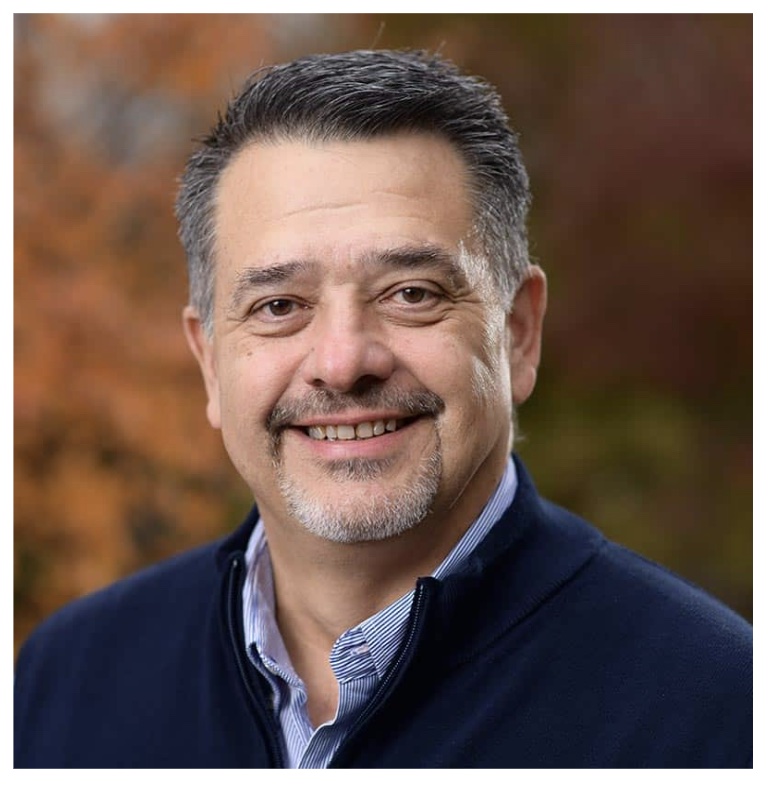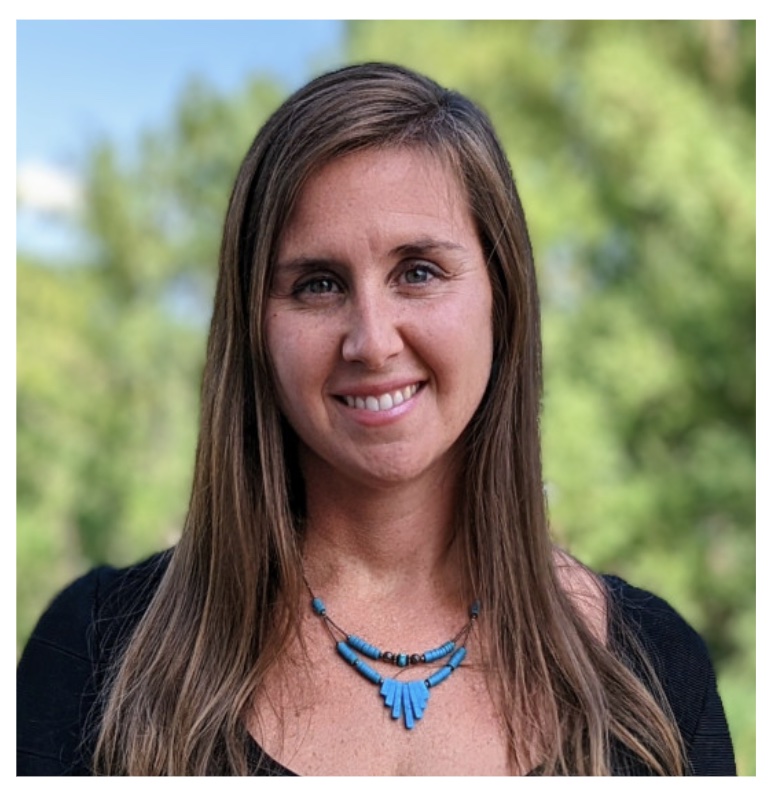Indian Country is on the verge of a clean-energy surge, powered by $2 billion in new funding to expand Native access to renewable technology and build new paths for tribal workforce development.
The money, part of the Environmental Protection Agency's $27 billion Greenhouse Gas Reduction Fund (GGRF), represents a cornerstone of the Biden administration’s push to advance clean energy nationwide, especially in low-income and disadvantaged communities that lack access to financing.
Of the total funding, $2 billion has been pledged to tribal communities across three GGRF programs. The funding will be directed toward Native community development financial institutions (CDFIs), tribal governments, and Native-serving nonprofits to invest in solar, wind, geothermal, and biofuel projects.
That support arrives in the three separate programs, including a $20 billion clean energy finance network across two programs, and $7 billion for low-income solar and storage programs run by state, local, Tribal government and nonprofits. Here’s a quick breakdown:
- National Clean Investment Fund: The program empowers three awardees to establish financing for large-scale renewable energy projects like wind, solar and grid upgrade. None of the three organizations is solely focused on Indian Country, but each has committed a portion of the program’s $14 billion to tribal clean energy.
- Clean Communities Investment Accelerator (CCIA): This $6 billion program will establish financing hubs via five awardees, who will distribute subgrants to support smaller scale clean energy projects like rooftop solar, microgrids and weatherization improvements in tribal communities. The nonprofit Native CDFI Network, which is Native-led and Native-serving, secured $400 million under the program.
- Solar For All: Aimed at democratizing access to residential solar energy, the $7 billion program allocated some $500 million in funding to tribes and Native-led organizations. A handful of states that received Solar for All funding, such as Washington, have also committed resources to Indian Country.
Each program under the GGRF is designed to increase Indigenous access to renewable energy. While most of the funding will be provided through loan-financing programs, which have historically gone underutilized by tribal governments, there is potential for significant impact.
Industry experts say that if tribes can make these investments work, they stand gain significant benefits — from energy sovereignty and climate resilience to workforce development opportunities for tribal citizens. GGRF money could help stand up everything from residential installations to utility-scale grids and storage solutions.
Tribal Business News spoke with five leaders who are set to play pivotal roles in transforming clean energy finance across Indian Country. In addition to driving their own initiatives, their work intersects and overlaps with other programs, including regional and — in some cases — each others’ efforts. Here’s a rundown of who they are, what they’re doing, and what they're seeing on the horizon. Plus, you'll find some of their thoughts and insights on the opportunity and potential impact of the funding at the bottom of this story.
In a separate sidebar, we’ve also highlighted other organizations that are working on GGRF-funded regional or reservation-based projects to advance energy sovereignty, climate resilience and economic growth for tribal communities.
Here are 5 leaders who are ready to transform clean-energy finance in Indian Country:
Pilar Thomas
Attorney/Partner
Quarles and Brady, LLP
Thomas advises Native organizations and tribes — and occasionally journalists — on the art of implementing renewable energy and financing in Indian Country.
She's well-versed in the subject matter: prior to her work at the law firm, Thomas worked as the deputy director for the Department of Energy’s Office of Indian Energy Policy and Programs. She also served as the deputy solicitor of Indian Affairs for the Department of the Interior, and a trial attorney in the Department of Justice’s Environmental and Natural Resources Division.
Thomas, a member of the Pascua Yaqui Tribe, is also a frequent source for
Tribal Business News and other media outlets on federal
energy purchases and
tax credits for energy projects. Reporters and editors appreciate her ability to break down complex topics and make them understandable.
Thomas advises a range of tribes and works with a number of Native-serving organizations, including GRID Alternatives, where she’s a board member, and the Native CDFI Network, among many others. Many of her clients will be utilizing that guidance in implementing GGRF money — money that could do a lot of good, if tribes are prepared to handle it, Thomas told Tribal Business News.
“It's not rocket science, but it can be hard, and it can take some resources to get people understanding what has to be done,” Thomas said. “The rubber always meets the road at the tribal level, and it all depends on the ability or willingness of a particular tribal government or tribal community to participate and their ability to support their participation.”
Chéri Smith
President & CEO
Alliance for Tribal Clean Energy
Smith, a descendant of the Wabanaki Confederacy of Tribes, leads the Washington, D.C.-based Alliance for Tribal Clean Energy, a nonprofit centered on supporting tribes’ renewable energy projects. The Alliance works to provide everything from technical assistance to capacity building, alongside wider policy development and advocacy efforts.
For the Greenhouse Gas Reduction Fund, the Alliance is a part of a coalition headed by the Milwaukee-based Midwest Tribal Energy Resources Association (MTERA). That coalition, through the Solar for All Initiative, will
deploy $62 million across three states in the Great Lakes region to support up to 35 tribes’ solar aspirations.
Working with MTERA is the Alliance’s latest effort since the group was founded in 2016 as the Indigenized Energy Initiative. In that time, Smith has led efforts to
find funding, organize
meetings with federal agencies, and
vet potential development partners amid the influx of renewable energy funding in Indian Country.
In doing so, Smith leverages 25 years of experience in the clean energy sector. Smith has led workforce development efforts at what is now Tesla Energy. She also provided consultation for multiple clean energy organizations, such as the Interstate Renewable Energy Council and the US Department of Energy.
Smith says the GGRF could “change everything” for the way tribes are approaching clean energy.
“We're seeing that tribes can leverage GGRF funding for solar projects, but also geothermal and heat pumps that tribes can now explore. These are easy ways and relatively inexpensive ways to have a big impact on energy and environmental expenses,” Smith said. “It's also going to require that [existing utility companies] who have been, so far, mostly uncooperative, start paying attention. With coal plants shuttering, we're thinking that this program could really alter programs in a beneficial way with utilities.”
Pete Upton
Chief Executive Officer
Native CDFI Network
Upton, a member of the Ponca Tribe of Nebraska, leads the nonprofit Native CDFI Network, a national organization that advocates for and assists Native CDFIs. In that role, he oversees a $400 million pot of CCIA money that will be subgranted to 58 Native CDFIs and five other Native financial institutions for technical assistance, capacity building and clean energy loans in tribal communities.
Leading the charge for the CCIA application is the latest step in Upton’s work with the Native CDFI Network, which began on the organization’s initial steering committee in 2011. In 2012, he became a founding board member. In the time since, Upton has
secured partnerships with larger financial institutions like Wells Fargo, advocated for improved funding and
certification procedures for Native CDFIs, and worked to find more
federal programs to support Native finance.
Upton’s work with Native CDFIs also includes serving as the executive director for the Native360 Loan Fund since 2011. Native360 serves entrepreneurs and provides financial literacy development in Nebraska, Iowa, and the South Dakota Service Area.
With CCIA money in hand, the Native CDFI Network can help close an “infrastructure gap” in Indian energy, Upton says.
“We’re bringing money into these communities that would not have been there otherwise,” Upton said. “At the end of the day, having access to clean energy is about the dollars - you need the dollars to make things happen, and I think we’re going to be bringing dollars that are going to make us more energy independent, climate resilient, and self-sufficient.”
Chrystel Cornelius
President & CEO
The Oweesta Corporation
Cornelius, an enrolled member of the Oneida Nation and a member of the Turtle Mountain Band of Chippewa Indians, leads Oweesta Corporation, a Native CDFI intermediary, offering training, technical assistance, investments, and research on behalf of both CDFIs and borrowers.
As the GGRF funding rolls out, Oweesta will play several roles in deploying the funding for clean energy projects across Indian Country.
Most directly, Oweesta will leverage $156 million in Solar For All funding to utilize its experience as an intermediary to link tribal governments and organizations with partners and developers. That money will help compile and distribute regulatory information, technical assistance on installation and deployment, and tribal housing expertise.
Roughly 60% of that money will support residential solar, while the remaining 40% will support community solar, Cornelius said.
“We're excited, because we see in a lot of our regions, we have long standing issues with the security of energy. When power lines go out, rural communities are the first to go out and last to be served,” Cornelius said. “How can tribes prepare for resiliency in these measures?”
Cornelius will lead the way in deploying those funds, continuing a long career with Indian Country finance. In addition to her work with Oweesta, Cornelius is a founding board member of the Native CDFI Network, a current board member of the Community Reinvestment Fund, and the chairwoman for the Red Feather Development Group.
Through those capacities Cornelius has
advocated for improved CDFI funding and policies,
helped with financing food sovereignty and agriculture projects, and
assisted in securing funding and technical assistance for small businesses.
Krystal Langholz
Chief Community Officer
Climate United
Langholz is not Native, but she has plenty of experience working in Native finance. She got her start with the Lakota Fund CDFI on the Pine Ridge Reservation in South Dakota. Eventually, she went on to help start Hunkpati Investments, another CDFI on the Crow Creek reservation.
After that, Langholz served 8 years as the COO for the aforementioned Oweesta Corporation, and moved onto becoming the director of strategy for impact investor Calvert Impact.
She’ll put that experience to good use helping Climate United deploy at least $620 million — 10% of Climate United’s $6.97 billion NCIF grant — to Indian Country.
Langholz will work with tribal partners, Native advisors for Climate United, and development partners to design loan products that make sense for Native energy projects. Those could include everything from guaranteeing loans on electric vehicles to loaning investment capital to Native CDFIs supporting solar projects.
It’s a dedication to improving Native access to credit that Langholz hopes shows through in her work with Climate United, she says.
“I think we're very excited to work in partnership to support and design investment products that meet the needs of these communities,” Langholz said. “We're working on building relationships, building pipelines - if there are people out there with projects, we would like to hear about their needs. We're really trying to, I think, be thoughtful and good partners here.”
_________________________
Talking Native Clean Energy: Healthy homes, good jobs, self-sufficiency
While the GGRF funding isn't expected until this fall, as awardees and the EPA finalize negotiations and administrivia. When the funding does begin to flow into Indian Country, the potential for economic development and energy sovereignty will be significant, according to the industry experts spotlighted above.
Energy in Indian Country could become a powerful new avenue for economic development and sovereignty under the GGRF, says the Alliance for Tribal Clean Energy's Smith. There’s an opportunity through the funding to create a clean-energy focused financing sector — a “tribal green bank” she calls it — aimed at supporting Native communities. A thriving energy sector will create jobs, generate revenue, and improve independence for tribes that enter the fray, she says.
Quarles & Brady's Thomas echoed the sentiment, pointing to the hoped-for result of federal investments attracting private investors, multiplying the dollars in play.
“The typical lenders, the typical investors would not be looking at tribes in certain circumstances, so these funds would be ideal for that,” Thomas said. “The goal is to expand the investment of federal dollars at least and ideally bring along with it private dollars into communities, including tribal communities, that would otherwise not see those types of investments.”
Cornelius noted that programs like Oweesta’s Solar For All work will help develop workforces, creating high-paying, long career opportunities for tribal members.
“This is exciting, we can position our Native communities to really have long, good-paying jobs. These are going to be workforces that help build their communities,” Cornelius said. “This offers a long term effect - this is a skillset that's going to be needed and valued throughout the United States.”
Outside of economic benefits, clean energy should of course result in cleaner homes and communities, improving health outcomes for a demographic that historically suffers outsized consequences from climate change, said Native CDFI Network's Upton.
“Native communities are often the hardest hit and the last to recover,” Upton said. “It's going to create a healthier environment for Natives living in homes and becoming more self-sufficient. We're looking to create this healthier home environment for raising families in the long haul.”
But there are going to be challenges ahead, even amid the influx in funding. The GGRF joins a labyrinthine set of loans and grant funding already offered under agencies like the Department of Energy, which could be confusing for tribes new to the process, Smith said.
“There's a lot of market confusion, and general confusion on the tribal market. There's so much money and programs that it's hard to decipher what is applicable, and that's why tribes and other communities are turning to NGOs like mine for advice,” Smith said. “Still, I think that the Biden administration and our federal colleagues have done a lot to educate and make dollars available.”
Speaking of the Biden administration, a potential changing of the guard could also disrupt energy funding, Thomas said. That meant tribes needed to get their resources ready fast, and be prepared to use what funding they received quickly.
“There's work to do here and hopefully more tribes will be willing to do it,” Thomas said. “Time still remains of the essence in taking advantage of this money as you can get it.”
Editor's Note: This story has been updated to specify Chéri Smith's tribal affiliation. She is a descendant of the Wabanaki Confederacy of Tribes.
About The Author
Staff Writer
Chez Oxendine (Lumbee-Cheraw) is a staff writer for Tribal Business News. Based in Oklahoma, he focuses on broadband, Indigenous entrepreneurs, and federal policy. His journalism has been featured in Native News Online, Fort Gibson Times, Muskogee Phoenix, Baconian Magazine, and Oklahoma Magazine, among others.
Other Articles by this author






